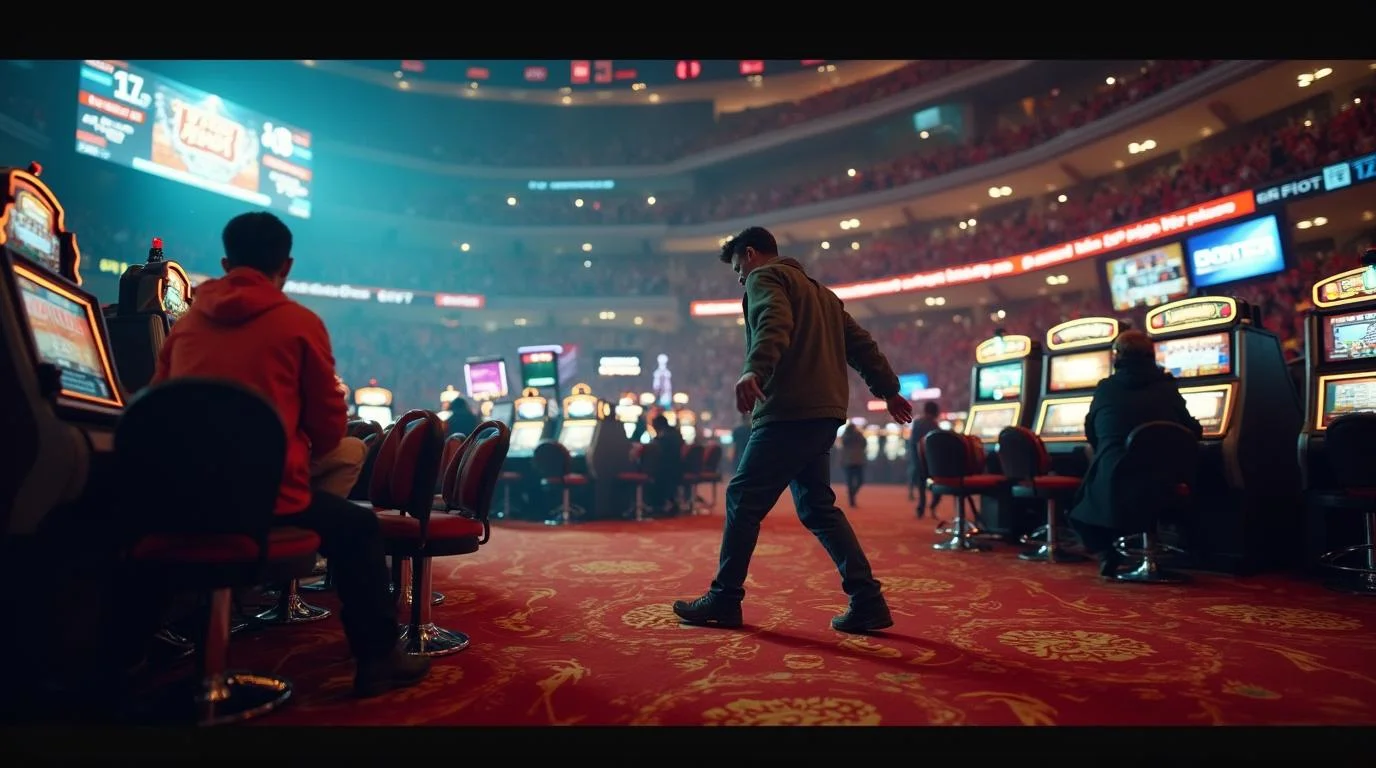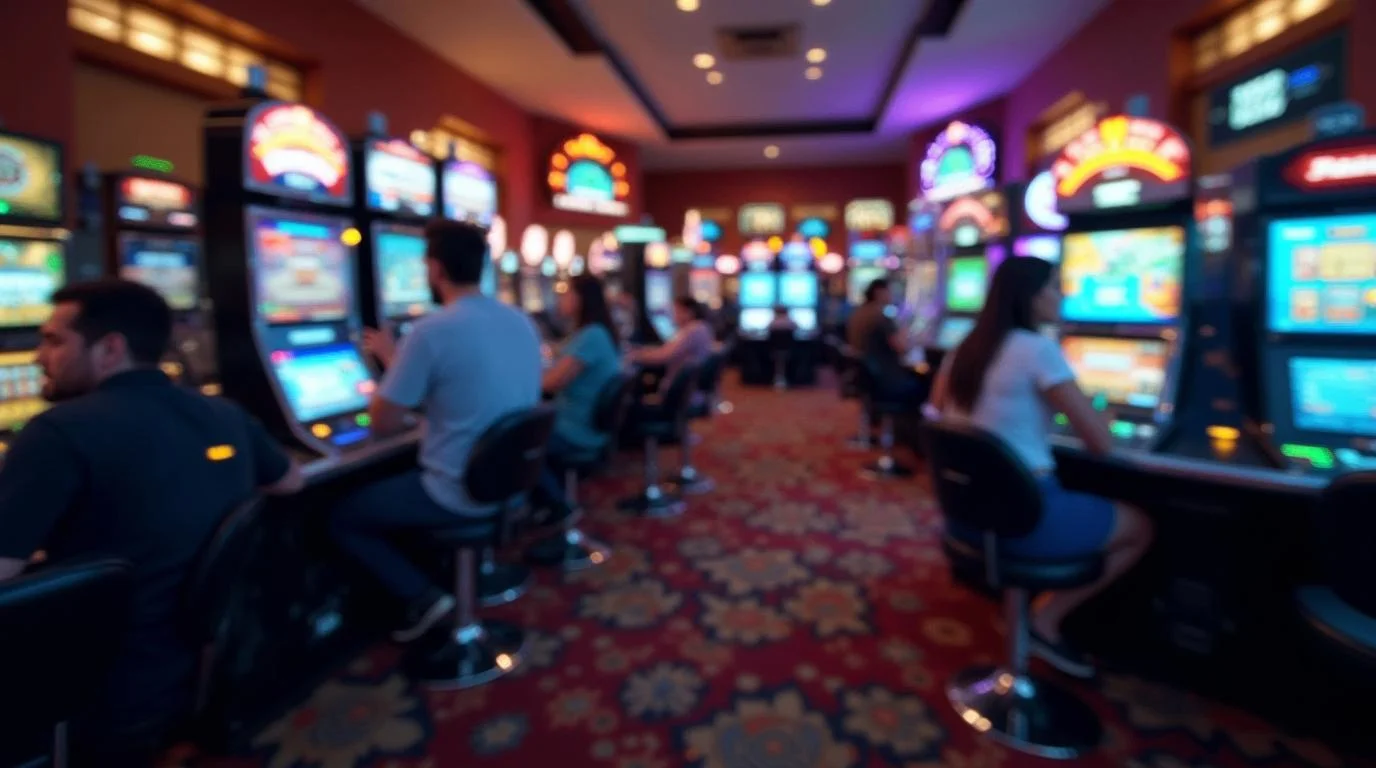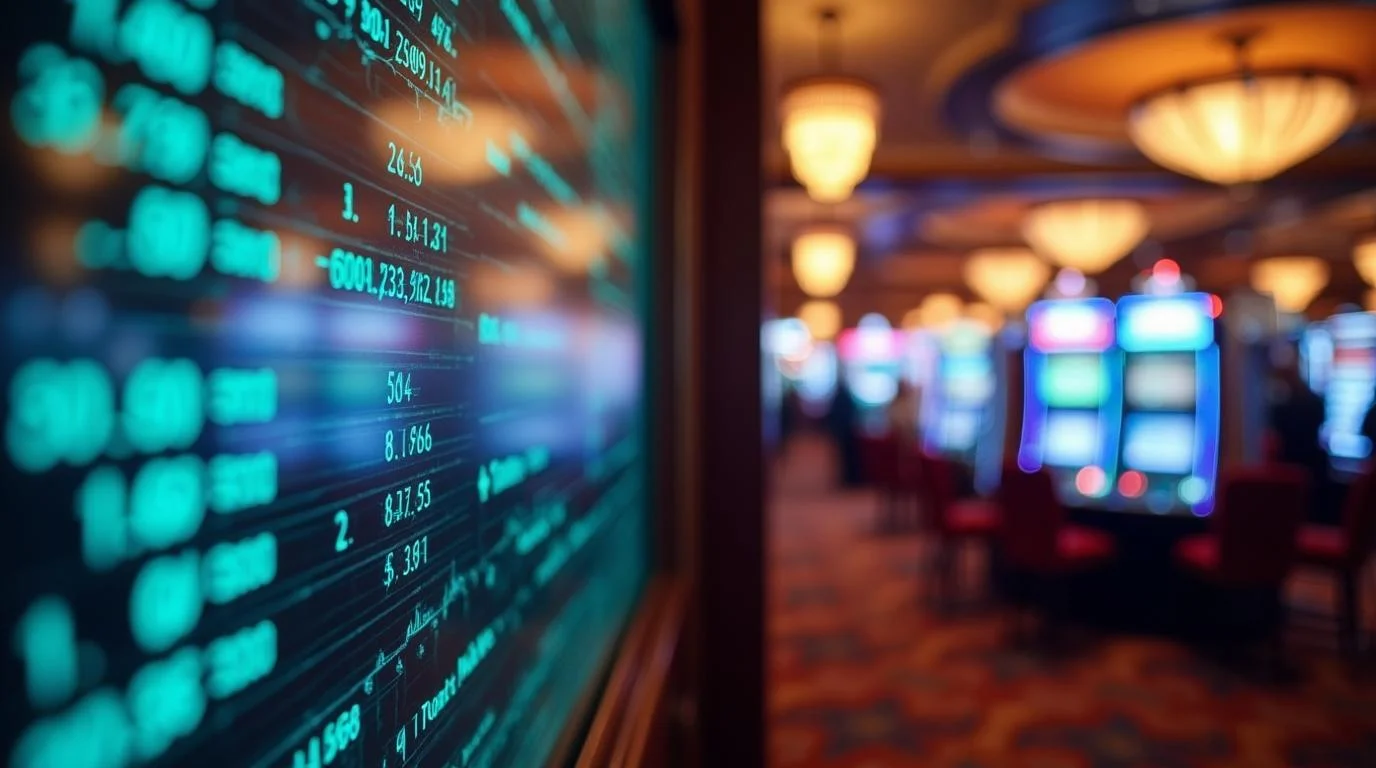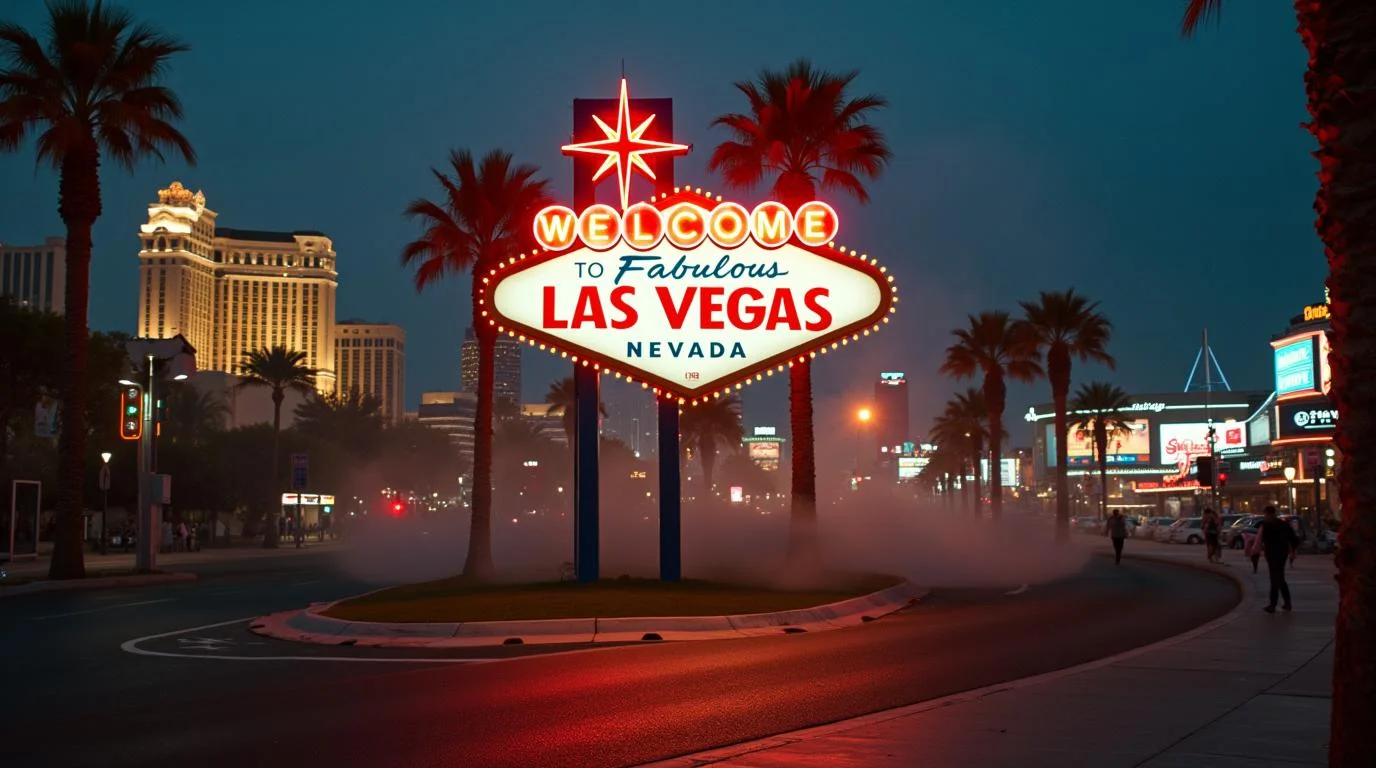MGM Boosts Earnings Through Different Strategies, Including Increasing ATM Fees

1.0
Default
MGM Resorts International is reportedly cutting costs and boosting its earnings through different means. One strategy is by raising its ATM charges and fees and another is by moving and reusing furniture in the various resort properties instead of purchasing new desks and couches.
MGM Resorts International is implementing a series of fee hikes and cost-saving measures to maximize earnings, mirroring strategies used in the airline industry. The hospitality and gaming company recently announced initiatives such as increased ATM fees and repurposing furniture across its properties, moves that follow earlier increases in parking and resort fees.
Higher fees and operational adjustments
At the JP Morgan Gaming, Lodging, Restaurant and Leisure Management Access Forum held the other week, MGM executives outlined their strategies to enhance profitability. Chief Executive Officer Bill Hornbuckle acknowledged that increasing ATM withdrawal fees is one of the company's latest revenue-generating moves.
"If you've bellied up to an ATM machine lately, it wouldn't surprise you to know that those fees have gone up," Hornbuckle stated during the conference. He continued, "Some of it is fee-based on general volumes, and we were under-market in a couple of instances. We've positioned ourselves well and we're already seeing a return."
The adjustments follow MGM's December announcement of increased resort and parking fees at all 12 of its Las Vegas Strip properties. Under the revised pricing structure, self-parking now costs $20 per day from Monday to Thursday, rising to $24 on weekends. The decision aligns with a wider industry trend of monetizing auxiliary services, a strategy long employed by airlines that charge for checked bags, seat selection, and in-flight meals.
Potential revenue growth vs. customer backlash
MGM's management expects the new fees and cost-cutting efforts to add approximately $200 million to the company's earnings before interest, taxes, depreciation, and amortization, with $150 million potentially being realized in 2025 alone.
While these moves could strengthen MGM's financial performance, customer sentiment remains divided. On the popular Las Vegas Reddit forum, some users criticized the resort giant for prioritizing high-spending visitors while making its properties less accessible to budget-conscious travelers. Others voiced concerns that the increased fees could deter both tourists and local residents from choosing MGM properties.
The rise in ATM fees is also sparking discontent among visitors. Previously, MGM's ATM fees were lower than those of rival Caesars Entertainment, the second-largest operator on the Las Vegas Strip. However, with MGM now aligning its fees more closely with competitors, customers may find themselves paying between $10 and $20 per transaction before additional charges from their banks.
Furniture recycling: a cost-saving initiative
In addition to raising fees, MGM is cutting costs through operational efficiencies, including furniture recycling across its properties. Instead of purchasing new furnishings, the company is reallocating furniture from renovated rooms at one resort to another.
For instance, as part of the $300 million renovation of MGM Grand, furniture and fixtures from the resort are being relocated to Excalibur. Similarly, some high-end pieces from Bellagio have been moved to the Luxor in previous cost-saving efforts.
"We're going to reduce the age of our rooms from nine years a few years ago to four years now, and that will allow us to sustain growth in average daily room rates and retention of high-value group business," said MGM Chief Financial Officer Jonathan Halkyard at the conference.
While the move enhances the overall quality of MGM's properties, frequent guests may notice familiar furniture appearing in multiple locations. Whether this cost-cutting measure affects customer perceptions of MGM's luxury brand remains to be seen.
The future of MGM's strategy
MGM's approach to increasing revenue and trimming expenses reflects an industry shift toward optimizing non-gaming income. As Las Vegas casinos continue to rely on entertainment, dining, and hospitality for a significant portion of their earnings, strategies like fee hikes and resource reallocation are likely to persist.
However, customer pushback could prompt adjustments to these policies in the future. While high-end clientele may be less sensitive to rising fees, casual tourists and locals could reconsider their loyalty to MGM properties. The long-term impact of these initiatives will depend on how well the company balances profitability with guest satisfaction.




















